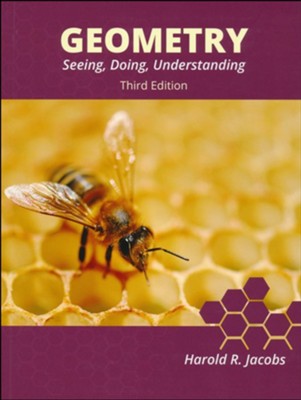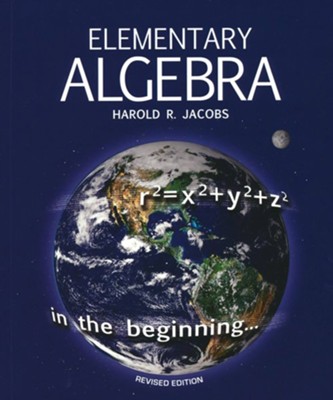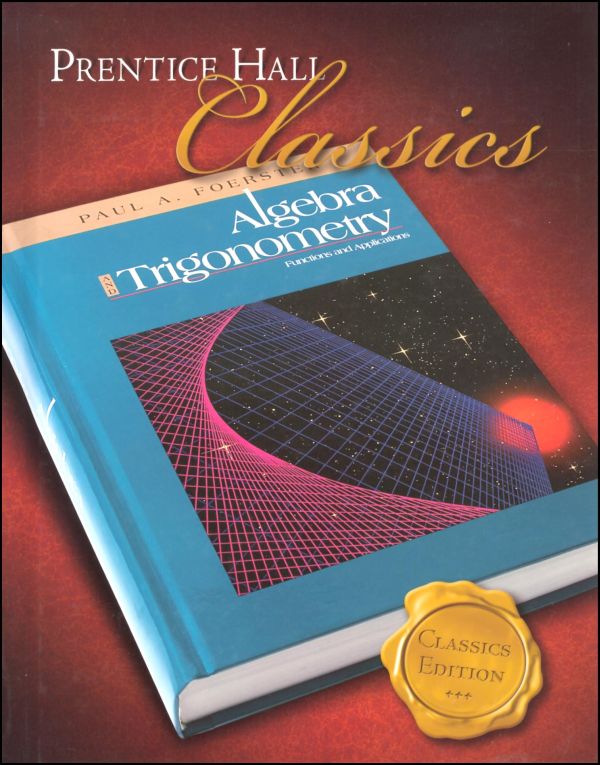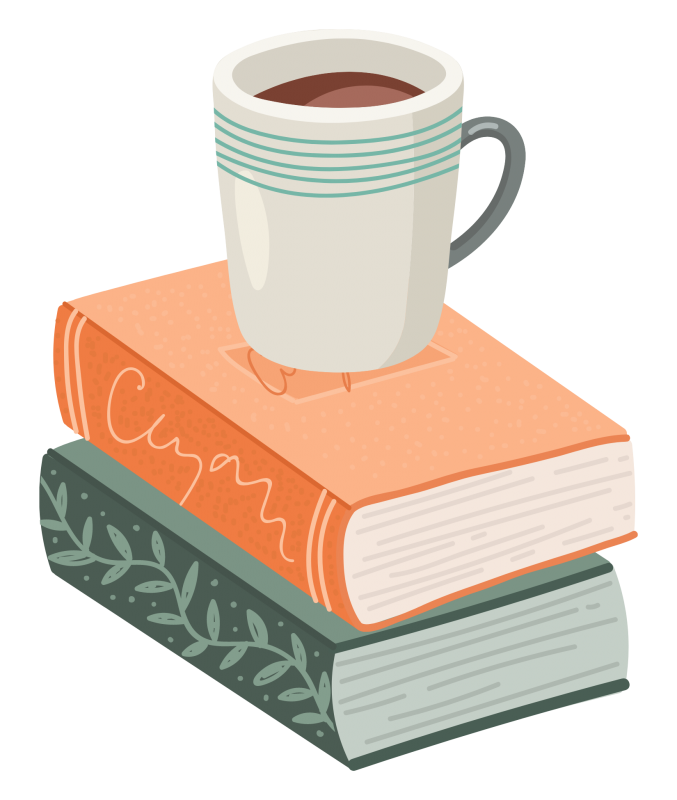New Widget
About Charlotte Mason

Mathematics depend upon the teacher rather than upon the text-book and few subjects are worse taught; chiefly because teachers have seldom time to give the inspiring ideas, what Coleridge calls, the ‘Captain’ ideas, which should quicken imagination.
-Philosophy of Education, p. 233
About Our Textbooks
Ms. Mason did not intend or expect the teaching of mathematics to be executed primarily through the use of living books. However, that does not mean that we must settle for a dry textbook that has been compiled by a committee whose goal is improved test scores! We value having a book written by a single author, an expert in the field, who has a passion for the subject, and whose passion is evident in his writing.

 For Algebra I and Geometry, we have chosen to use Harold Jacobs's textbooks. Mr. Jacobs is a witty author who employs humor and interest in his writing. It is evident that he finds pleasure in teaching and explaining mathematics. In "A Letter to the Teacher," Mr. Jacobs quotes George Boehm, author of the New World of Math:
For Algebra I and Geometry, we have chosen to use Harold Jacobs's textbooks. Mr. Jacobs is a witty author who employs humor and interest in his writing. It is evident that he finds pleasure in teaching and explaining mathematics. In "A Letter to the Teacher," Mr. Jacobs quotes George Boehm, author of the New World of Math:When mathematics is taught, it is presented mainly as a collection of slightly related topics and manipulations. The profound, yet simple concepts get little attention. If art appreciation were taught in the same way, it would consist mostly of learning how to chip stone and mix paints.

For Algebra II/Trigonometry, we have chosen to use Paul Foerster's textbook. Mr. Foerster began his career with a chemical engineering degree from the University of Texas at Austin, followed by four years as an Engineering Duty Office in the U.S. Navy’s Nuclear Propulsion Program reviewing nuclear submarine design. A later "temporary" teaching assignment at a Texas high school began his career in education. He brings to his text his classroom experience in providing "discovery exercises so that students may wrestle with a new concept before it is reinforced by classroom discussion," as well as a sense of the usefulness and power of mathematics as a tool for solving real-world problems.
About Our Course Sequence
For Form III students, one good option is to begin a study of Algebra two to three days a week while continuing to work on arithmetic skills and practical geometry for the remainder of the week. Following this plan, Jacobs's Elementary Algebra can be completed over the course of two years, as in our Algebra IA and Algebra IB courses.
Form IV students who have not yet begun a study of Algebra can take a quicker pace through Jacobs's Elementary Algebra in our year-long Algebra I course.
Following the completion of Algebra I, students can enroll in a year-long course of Geometry.
A year-long course of Algebra II/Trig will follow the completion of Geometry.
An Overview of Our Courses
Each of our courses is taught using Charlotte Mason’s method for upper-level math lessons. They are live online classes held on Zoom allowing an atmosphere of discovery and discussion, and if needed, help. The discussions allow students to hear various thoughts on how to solve problems showing more beauty in the subject. The teacher uses a virtual whiteboard to show and work problems. Each class is followed up with an assignment for the students to do themselves from their textbook. The video and notes from each class are saved for students to refer to as needed. Assessments are given periodically throughout each term as well as at the end of the terms.
Assignments and communication between the teacher and the students are done through Google Classroom. We also use a few online programs (Quizizz, Formative, Desmos, GeoGebra) to allow students to practice, interact with, and discover concepts. Links for these programs are given to the student when needed.
Each course is limited to 12 students.
Assignments: Assignments are usually given from the textbook. Students check their own work to have immediate feedback on their understanding. This helps to prevent bad habits in their work and to foster an understanding of truth. The student must be able to realize their own understanding and seek answers for what don't know.
"The chief value of arithmetic, like that of higher mathematics, lies in the training it affords to the reasoning powers, and in the habits of insight, readiness, accuracy, intellectual truthfulness it engenders." (Vol. 1, p. 254)
They can always ask questions to their teacher for help. The teacher will get back to them as soon as possible or will address the question in the following live class.
Students turn in a picture of their work for the teacher to check for completion. While the teacher is not checking for accuracy, they can still get an idea of a student's understanding by looking at their work.
Courses for Forms IV and higher are given assignments to do the day after a class. For example, on a Tuesday students are assigned problems to do based on the concepts covered during the Monday class. On Fridays, an assignment is given based on the concepts learned that week. This assignment could be a challenging problem, a real-world application, or practice.
Form III students are given assignments during class time. These assignments are practice problems going over the concepts learned that day in class. Students are able to ask questions to the teacher and get an immediate response.
Grades: The majority of the grade is from periodic assessments and from two term assessments given during the year, a mid-term and a final. A small part of the grade is from participation, this includes doing assignments. Grades can be viewed on Google Classroom at any time during the year.
The periodic assessments given throughout the course are usually at the end of a chapter. Assessments are graded by the teacher and given virtually using the platform Formative. They are meant to allow students to show all they have learned about a new concept, to show the student's skill level of the current concept. Our goal is that students "know their work, and find it easy to answer questions set to find out what they know, rather than what they do not know." (Vol. 3, p. 301)
About Us
 Julie and Tabitha met at a Charlotte Mason co-op in central Alabama, when all of their children were small. Together with several other families, they shared the joys and struggles of home-educating. As their children grew, so did their understanding of and appreciation for Miss Mason's body of work. Many cups of coffee were consumed and many late evening hours were spent while reading, discussing, and sharing their experiences in educating their own children as well as other students.
Julie and Tabitha met at a Charlotte Mason co-op in central Alabama, when all of their children were small. Together with several other families, they shared the joys and struggles of home-educating. As their children grew, so did their understanding of and appreciation for Miss Mason's body of work. Many cups of coffee were consumed and many late evening hours were spent while reading, discussing, and sharing their experiences in educating their own children as well as other students. 
